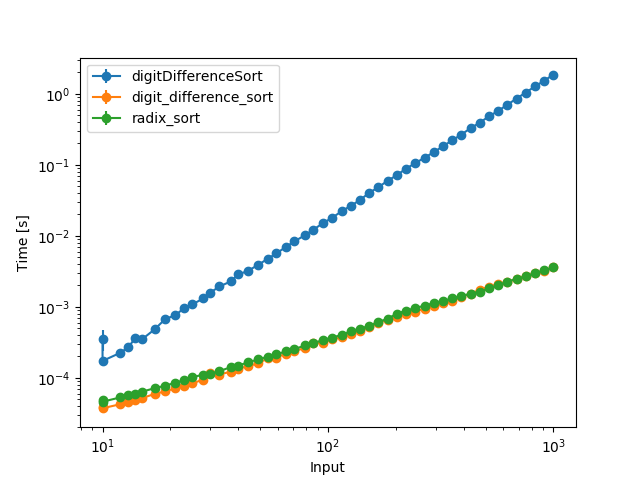I am doing a code challenge of codesignal.com which ask for following things: Given an array of integers, sort its elements by the difference of their largest and smallest digits. In the case of a tie, that with the larger index in the array should come first.
Example
For a = [152, 23, 7, 887, 243], the output should be
digitDifferenceSort(a) = [7, 887, 23, 243, 152].
Here are the differences of all the numbers:
152: difference = 5 - 1 = 4;
23: difference = 3 - 2 = 1;
7: difference = 7 - 7 = 0;
887: difference = 8 - 7 = 1;
243: difference = 4 - 2 = 2.
23 and 887 have the same difference, but 887 goes after 23 in a, so in the sorted array it comes first. I wrote following code using python3 and it passes all normal tests but it cannot pass execution time tests. How can I improve my code to decrease it's execution time for list with considerable amount of elements?
def digitDifferenceSort(a):
diff = []
for i in a:
i = list(str(i))
diff.append(i)
for i in range(len(diff)):
for j in range(i+1, len(diff)):
if int(max(diff[i])) - int(min(diff[i])) > int(max(diff[j])) - int(min(diff[j])):
diff[j], diff[i] = diff[i], diff[j]
elif int(max(diff[i])) - int(min(diff[i])) == int(max(diff[j])) - int(min(diff[j])):
diff[i], diff[j] = diff[j], diff[i]
new_list = []
for i in diff:
b = ''
for j in i:
b = b + j
new_list.append(int(b))
return new_list


